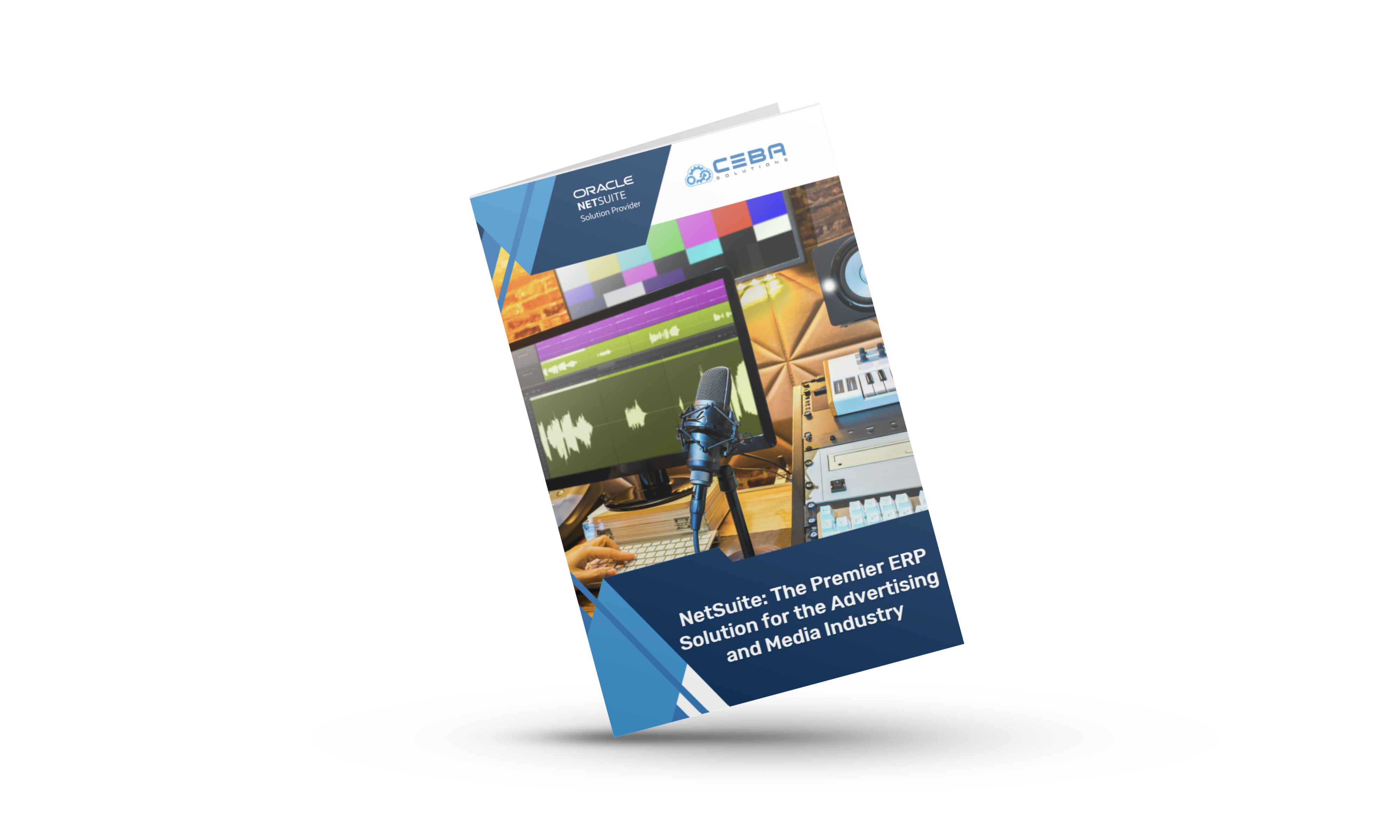
Virtual Reality (VR) and Augmented Reality (AR): The Next Frontier in Advertising and Media
Virtual Reality (VR) and Augmented Reality (AR): The Next Frontier in Advertising and Media
Virtual Reality (VR) and Augmented Reality (AR) are setting new benchmarks in the advertising and media landscapes, offering immersive experiences that go far beyond traditional ads. These technologies are not only redefining user engagement but also opening up innovative avenues for brands to interact with their audiences. This blog explores how VR and AR are transforming the advertising sector, highlighting their potential to create captivating, interactive, and highly personalized marketing experiences.
1. Immersive Brand Experiences
VR and AR allow brands to create immersive experiences that engage consumers on a deeper level. VR transports users into completely virtual environments, while AR enhances the real world by overlaying digital information onto it. Both technologies can create memorable experiences that significantly boost brand engagement and emotional connection.
Benefits:
- Enhanced Engagement: Users are not just observers but active participants in the brand story. They can explore, interact, and experience the brand in ways that static images and videos cannot provide.
- Stronger Emotional Connections: Immersive experiences have a higher potential to evoke emotions, making advertisements more impactful. By engaging multiple senses, these technologies can create lasting memories and deeper connections with the brand.
- Personalization: Brands can tailor VR and AR experiences to individual users, providing a customized experience that resonates more with the target audience.
2. Try Before You Buy
AR, in particular, has revolutionized the shopping experience with the "try before you buy" feature. Consumers can visualize products in their own space or on themselves before making a purchase decision. This technology is extensively used in industries like furniture, home decor, fashion, and beauty.
Benefits:
- Increased Consumer Confidence: Helps consumers make more informed decisions, reducing the likelihood of returns. By seeing how a product fits in their environment or on their body, consumers can make purchases with greater confidence.
- Enhanced User Experience: Makes online shopping interactive and fun, improving user satisfaction and loyalty. This interactive element can turn shopping into an enjoyable and engaging activity.
- Reduced Returns: By allowing customers to see how products will look and fit before buying, AR helps to reduce the number of returns, saving businesses time and money.

3. Interactive Ad Formats
VR and AR enable the creation of interactive ad formats that require user interaction to unfold. These ads can be more engaging than passive video or static images, offering entertainment in addition to informational content.
Benefits:
- Higher Engagement Rates: Interactive elements keep users interested and engaged longer than traditional ads. Users are more likely to spend time with the ad, exploring its features and content.
- Better Brand Recall: The novel experience of interacting with an ad can improve recall and brand recognition. Interactive ads are more memorable because they require active participation, which helps to reinforce the brand message.
- Increased Conversion Rates: Engaging and interactive ads can lead to higher conversion rates as they capture user attention and drive them to take action.
4. Virtual Events and Showrooms
With VR, companies can host virtual events or showrooms that users can attend from anywhere in the world. This application has been particularly valuable in times when physical events are not feasible, providing an engaging alternative that can reach a global audience.
Benefits:
- Global Reach: Removes geographical barriers, allowing brands to reach a wider audience. Users from all over the world can attend virtual events, increasing the potential audience size.
- Cost-Effective: Reduces the cost of hosting physical events without sacrificing the quality of the attendee experience. Virtual events eliminate the need for travel, accommodation, and venue rental costs.
- Sustainability: Virtual events are more environmentally friendly as they reduce the carbon footprint associated with travel and physical event production.
5. Data Collection and Analytics
VR and AR provide valuable data on user interactions, which can be used to analyze behavior patterns, preferences, and engagement levels. This data is crucial for refining marketing strategies and understanding what resonates with audiences.
Benefits:
- Insightful Consumer Data: Provides deep insights into consumer behavior and preferences. Brands can track how users interact with VR and AR experiences, gaining valuable data on engagement and interest levels.
- Targeted Marketing Strategies: Helps tailor marketing efforts based on detailed analytics, improving efficacy and ROI. By understanding user behavior, brands can create more effective and personalized marketing campaigns.
- Continuous Improvement: The data collected from VR and AR interactions can be used to continuously improve and refine marketing strategies, ensuring that they remain effective and relevant.
Conclusion
VR and AR are transforming the way brands engage with their audiences, offering tools to create deeply immersive and interactive experiences. As these technologies become more accessible, they will continue to shape the future of advertising and media, pushing the boundaries of creativity and personalization. For marketers, staying abreast of these trends will be crucial as they represent the next frontier in connecting with consumers in meaningful ways.
By leveraging the unique capabilities of VR and AR, brands can create engaging, memorable, and personalized experiences that resonate with their audience and drive deeper engagement. As these technologies evolve, the possibilities for innovative and effective advertising will continue to expand, offering exciting opportunities for brands to connect with their audiences in new and impactful ways.





